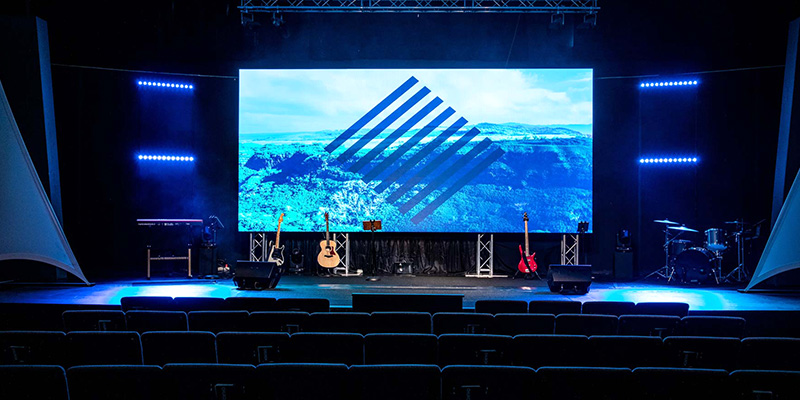Maximizing Aesthetic Impact Via Strategic Material Scheduling in LED Wall Execution
Wiki Article
Maximizing aesthetic impact during light-emitting diode wall performances requires careful planning and tactical visual timing. LED screens represent potent instruments in visual storytelling, often used in musical events, events, and displays. The efficacy of these screens depends not only on the caliber of the images yet additionally upon the manner plus timing they are shown. By comprehending the viewers' focus duration plus the flow of the event, organizers can create a more engaging encounter that enthralls spectators and enhances the overall show.
One crucial aspect of strategic content scheduling is timing. It is essential to align the visuals with the rhythm and tempo of the performance. For instance, during a musical performance, visuals should complement the beat and atmosphere of the music. This alignment aids to forge a unified encounter that pulls the audience in. Additionally, it is crucial to take into account the length of each image clip. Short, impactful clips can sustain audience engagement, while extended visuals may be suitable for moments of contemplation or sentimental bonding. By altering the duration and intensity of the visuals, organizers can keep the viewers interested during the show.

Another crucial element is the content in question. The images displayed on the light-emitting diode screen should be relevant to the theme of the performance. This relevance helps to strengthen the narrative being communicated plus makes the experience more memorable for the audience. For example, if the show is about environmental consciousness, using images that illustrate nature and wildlife can enhance the message. Furthermore, adding lively features, such as motion graphics or engaging graphics, can add excitement and keep the audience's attention. The appropriate material, shown at the appropriate moment, can considerably elevate the impact of the performance.
Audience engagement is also a crucial consideration in visual timing. Comprehending the characteristics and tastes of the viewers can guide the choice of images. For instance, a younger crowd may respond better to bright hues and quick motion graphics, while an mature crowd might value more nuanced and refined images. By customizing the material to the viewers' preferences, event planners can create a more personalized experience that resonates with viewers. Additionally, adding audience participation, such as live surveys or social interactions, can additionally improve engagement and make the performance more interactive.
Finally, evaluating the effectiveness of the content scheduling is essential for future shows. Collecting responses from the viewers can provide valuable information into what was effective successfully plus more information what could be enhanced. This data can assist event planners improve their approaches and make informed decisions for upcoming events. By continuously assessing and adapting the visual timing strategy, event planners can amplify the aesthetic effect of light-emitting diode screen shows and create unforgettable experiences for their audiences.